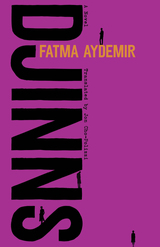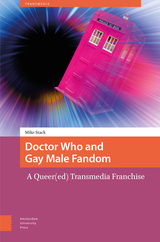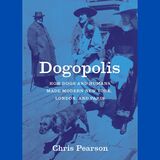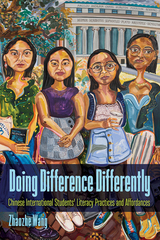2 books about Munster, Anna

DeepAesthetics
Computational Experience in a Time of Machine Learning
Anna Munster
Duke University Press, 2025
Computation has now been reconfigured by machine learning: those technical processes and operations that yoke together statistics and computer science to create artificial intelligence (AI) by furnishing vast datasets to learn tasks and predict outcomes. In DeepAesthetics, Anna Munster examines the range of more-than-human experiences this transformation has engendered and considers how those experiences can be qualitative as well as quantitative. Drawing on process philosophy, Munster approaches computational experience through its relations and operations. She combines deep learning—the subfield of machine learning that uses neural network architectures—and aesthetics to offer a way to understand the insensible and frequently imperceptible forms of nonlinear and continuously modulating statistical function. Attending to the domains and operations of image production, statistical racialization, AI conversational agents, and critical AI art, Munster analyzes how machine learning is operationally entangled with racialized, neurotypical, and cognitivist modes of producing knowledge and experience. She approaches machine learning as events through which a different sensibility registers, one in which AI is populated by oddness, disjunctions, and surprises, and where artful engagement with machine learning fosters indeterminate futures.
[more]
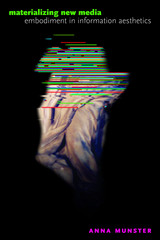
Materializing New Media
Embodiment in Information Aesthetics
Anna Munster
Dartmouth College Press, 2006
In Materializing New Media, Anna Munster offers an alternative aesthetic genealogy for digital culture. Eschewing the prevailing Cartesian aesthetic that aligns the digital with the disembodied, the formless, and the placeless, Munster seeks to “materialize” digital culture by demonstrating that its aesthetics have reconfigured bodily experience and reconceived materiality. Her topics range from artistic experiments in body-computer interfaces to the impact that corporeal interaction and geopolitical circumstances have on producing new media art and culture. She argues that new media, materiality, perception, and artistic practices now mutually constitute “information aesthetics.” Information aesthetics is concerned with new modes of sensory engagement in which distributed spaces and temporal variation play crucial roles. In analyzing the experiments that new media art performs with the materiality of space and time, Munster demonstrates how new media has likewise changed our bodies and those of others in global information culture. Materializing New Media calls for a re-examination of the roles of both body and affect in their relation to the virtual and to abstract codes of information. It offers a nonlinear approach to aesthetics and art history based on a concept of “folding” that can discern certain kinds of proximities and continuations across distances in time (in particular between the Baroque and the digital). Finally, it analyzes digital culture through a logic of the differential rather than of the binary. This allows the author to overcome a habit of futurism, which until now has plagued analyses of new media art and culture. Technology is now not seen as surpassing the human body but continually reconfiguring it and constitutive of it.
[more]
READERS
Browse our collection.
PUBLISHERS
See BiblioVault's publisher services.
STUDENT SERVICES
Files for college accessibility offices.
UChicago Accessibility Resources
home | accessibility | search | about | contact us
BiblioVault ® 2001 - 2024
The University of Chicago Press


